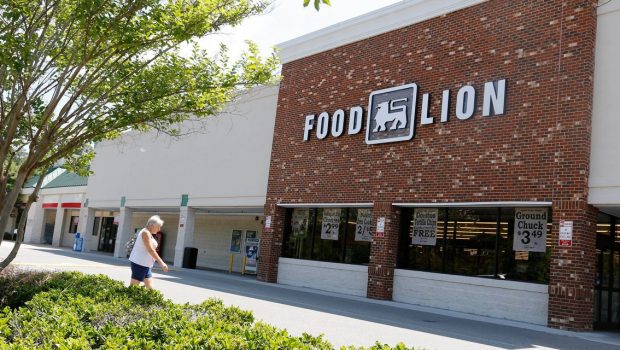Bandwidth Challenges Limit Grocery Chains’ Technology Initiatives
Grocery chains looking to deploy new technologies are running into internet bandwidth limitations because of aging hardware and remote locations.
Even as cutting-edge technology, including AI-enabled inventory tracking systems, moves from the pilot phase to the shopping aisle, many stores remain unequipped to handle network requirements for even basic tech used to boost internal operations and customer shopping experiences.
Rom Kosla, chief information officer of supermarket operator Ahold Delhaize USA, said some stores in the franchise don’t have enough bandwidth to reliably run the company’s latest human resources system at its highest performance level. Even electronic shelf labels that allow retailers to automatically update pricing displays are a question mark, in part because of their bandwidth demands, said Mr. Kosla.
“The more you put in the store, the more bandwidth it requires,” said Mr. Kosla. “So now you have technology assets that are doing cool things, but your infrastructure’s not ready to handle it.”
Ahold, whose brands include Food Lion and Stop & Shop, isn’t alone.
Historically, the grocery industry has been a low investor in bandwidth, according to Michael Colaneri, vice president of global business, retail and enterprise solutions for AT&T Business, a division of telecommunications holding company
AT&T Inc.
Now, the need to digitize operations to cut costs and reduce dependency on manual labor is forcing chains to play catch up on bandwidth, according to Brendan Witcher, vice president principal analyst at research and advisory firm
Forrester Research Inc.
While operational technologies are a bigger priority, he added that grocers tapping customer experience tech such as automated checkouts or pickup for online orders will face an even greater need for better bandwidth.
Mr. Kosla said Ahold has been working since 2021 to upgrade the bandwidth in its physical stores in order to deploy new systems for employees, such as SAP SuccessFactors, a cloud-based human resources application from software giant
As of this month, Ahold has completed the work in all but seven of its 2,100 U.S. locations, Mr. Kosla said. The upgraded stores now have connection speeds between 10 and 100 megabits per second—enough to meet the company’s current strategic goals. Further investment, however, might be required if the company decides to tap more cutting-edge, bandwidth-heavy tech in the future, Mr. Kosla said.
There are a couple reasons grocery stores might struggle with bandwidth, one of the biggest being their locations. Stores located hundreds of miles from urban centers could experience much more limited bandwidth connectivity, Mr. Kosla said.
Competition, demographics and distance to other shopping options were historically among the factors grocery chains used to determine new areas for setting up shop, said Mr. Colaneri. Unlike today, bandwidth requirements weren’t typically considered in those early conversations, he said. The result: Many stores ended up being located in areas with limited bandwidth.
For Ahold, the solution was to dig trenches and install new wiring, said Mr. Kosla. The company worked with telecommunications carriers but faced additional challenges navigating how to get permission from local property owners or, in some cases, plugging into the existing wiring of shopping malls, he said.
The store’s age and its wiring are also factors in limiting bandwidth, according to Graham Watkins, executive vice president of supply-chain transformation and retail innovation at supermarket chain Giant Eagle Inc. But he added that the investments required to update that hardware can be cost prohibitive.
“Grocery is a category that operates at enormous volume with incredibly low margin,” said Mr. Colaneri. “Profitability is always strained.”
Mr. Watkins said there are some possible solutions for low-bandwidth locations. For example, he said, in some instances data can be compressed or analyzed within a store before using bandwidth to send it outside of the store. In other instances, Mr. Watkins said he might work with technology providers to find ways for processing data with less bandwidth.
Overall, demand for bandwidth from the grocery sector is much higher than it was five years ago, said Mr. Colaneri.
“Trying to create things like automated checkout, mobile-enabled associates—all of this is going to lean heavily on the network,” said Forrester’s Mr. Witcher. “As grocers create more digitized experiences in their environments, bandwidth becomes a huge bottleneck.”
Write to Isabelle Bousquette at isabelle.bousquette@wsj.com
Copyright ©2022 Dow Jones & Company, Inc. All Rights Reserved. 87990cbe856818d5eddac44c7b1cdeb8








Gloss